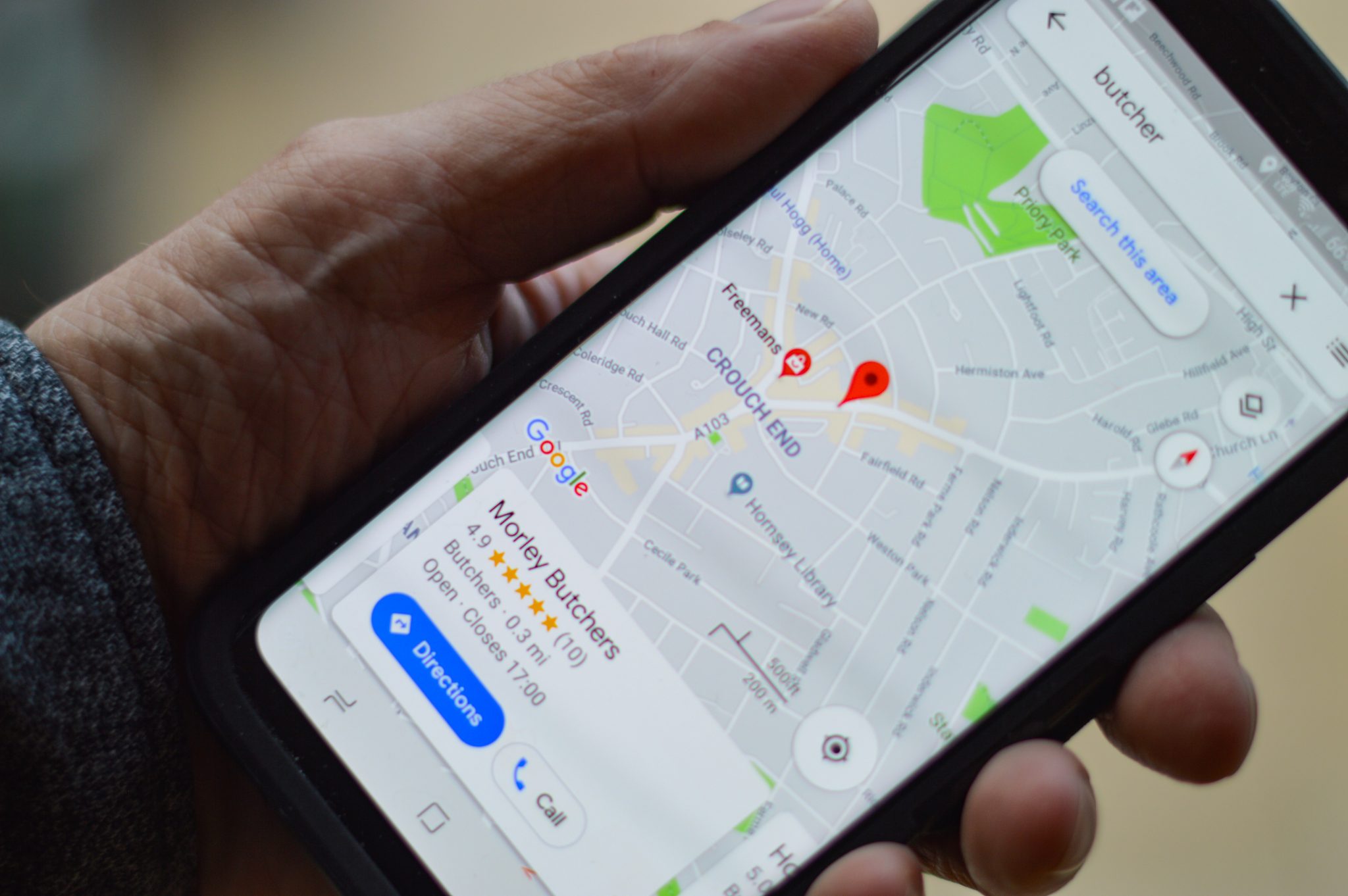Social media is a driving force for eCommerce sales and a necessity if you want to be able to compete online. Once your online store is up and running, the next step is developing a social media marketing strategy for eCommerce. Promoting your products is crucial for customers to view your products in a wide variety of ways. Social media gives potential customers a chance to learn more about and connect with your products while also driving traffic to your website. Gaining a following on social media will ensure a strong customer base since followers will have more chances to be exposed to your products. However, social media has to be considered a strategic marketing tactic and taken just as seriously as the website itself. So, here are our top seven tips and tricks to get the most out of social media marketing for your business.
1. Get Started with Facebook Social Media Marketing
When an average of 85% of all orders from social media come from Facebook, it’s time to start utilizing the platform to its fullest potential. Facebook is a crucial tool to use for self-promotion and advertising. Marketing on Facebook helps you find new customers and build long-lasting relationships with them. One of the first steps for eCommerce social media marketing is to create a Facebook business page that links to your site with useful contact information, information about your company, and engaging posts. This puts you directly in touch with your customers. You can even automate responses to customers and engage with them with Facebook Messenger bots that will connect and serve your customers. Facebook ads, which are paid promotions, are another great way to utilize social media. This is an effective way to target customers based on interests, demographic, and location. With over 1.2 billion users on Facebook daily, you are sure to reach potential consumers through Facebook ads, posts, and pages.
2. Avoid Sales Pitches
Social media is for sharing your products and content. If your content looks or sounds too much like an advertisement, that is a sure way to turn off potential customers to your product. Users want authentic and genuine content. Your online store will not only be competing with other businesses but also the customer’s attention. With newsfeeds bombarded with friend’s posts, news stories, and other posts circulating social media, your company’s posts need to be relevant and engaging in order to draw in customers. Social media marketing should be utilized strategically for it to actually be effective.
How to Sell Without Being a Salesman
Personalizing your posts, adding variety in terms of topics and images, linking to other businesses, and interacting with customers on your social media platforms are ways to successfully use social media as a means of outreach while also avoiding sounding like a sales pitch. You want your business to have a voice that draws in customers because they identify with the content and are genuinely interested. Providing authentic content consistently will grow your social media following and keep it growing!
3. The Power of Reviews
Reviews let customers do the advertising for you. Gaining positive reviews can be a very powerful selling point for potential customers. Surveys have found that 68% of people say they trust online reviews and 78% agree that positive reviews make them trust the business more. Encourage social shares, reviews, and other interactions on your social media platforms in order to build a wider audience.
Asking for Reviews (And Actually Getting Them)
One of the most challenging parts of advertising through reviews is trying to get customers to actually leave reviews. As part of your social media marketing for eCommerce, try strategizing an email campaign that will urge customers to leave reviews for your products on your Facebook, Yelp, and Google. The trick is to keep things personal and simple by addressing the customer by their first name and tailoring the email to sound like it is sent from a human being. One way to do this is by using a customer’s first name in the subject line to personalize the email. Lastly, include only one link in your email: the link to review your business. This makes the customer’s call to action easy to identify and they will be more likely to act on it.

4. Utilize Visuals
Images are always going to take precedence over text posts on social media. Images grab attention faster and are easier to communicate with your viewers. Make sure your photography and graphic design look as professional as possible in order to entice customers to click your links or visit your website.
Visuals in Action
Using images to add variety to your Facebook posts or Instagram are crucial ways to keep your business thriving while also improving customer experience. There are many sites, such as Canva, that are great tools for creating well-designed visuals. These visuals can be done with or without text that you can share on your social media platforms to promote certain products or discounts.
5. Promote Your Products Through Influencers
Once you have produced a piece of content to share on social media, try reaching out to influencers. Influencers are people who can promote your brand to a similar audience in order to gain more exposure. Social media marketing also depends on exposure, so outreach is an essential step in the process.
How to Find Influencers for Your Business
Simply performing a Google search that relates to your business or niche will help you identify influencers who may post about similar content that your target audience is interested in. Another great way to find influencers is by using a content analyzer such as BuzzSumo. The online database can give members access to successful content online and who is sharing it. This makes it easier to identify influencers and competitors who are creating similar content or selling similar products. Another simple way to start is by emailing influencers to share your content or link to your site in order to gain more coverage.
6. Understand the Importance of Blogging
Blogs are a great way to drive more traffic to your site and are reliable pieces of content to share on your social media pages. This also allows for longer content pieces that can help answer customer questions or even persuade customers to endorse your product. Another great aspect of blogs is it gives you more variety of content to share on your social media platforms.
7. Using Paid Advertising
Paid advertising on social media is a viable option when strategizing your social media marketing for your business. You can promote your Tweets, Instagram, or even Pinterest Ads. This allows you to reach more customers in a more efficient way. You can also track your progress and determine which ads work best for your audience. Once this has been determined, you can advertise more effectively and get the most from each of your social media platforms.

Effective Social Media Marketing for eCommerce
Developing a social media marketing strategy for eCommerce is just one part of your business. Once these methods have increased your revenue, it’s important to improve your eCommerce shipping strategy as well. So, utilize our seven helpful tips and then XPS Ship can help you with all your shipping needs. Sign up for free today to learn more!


